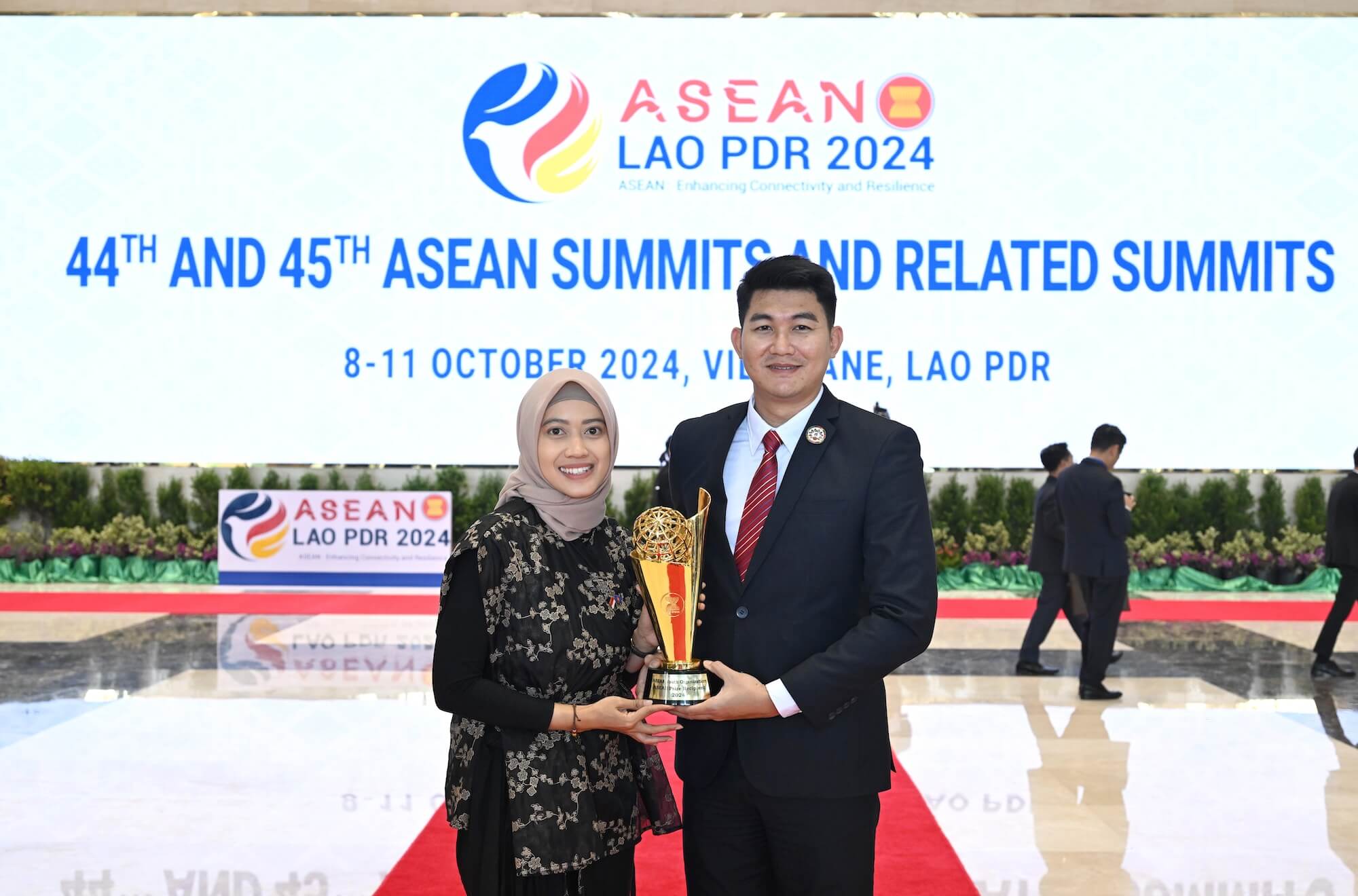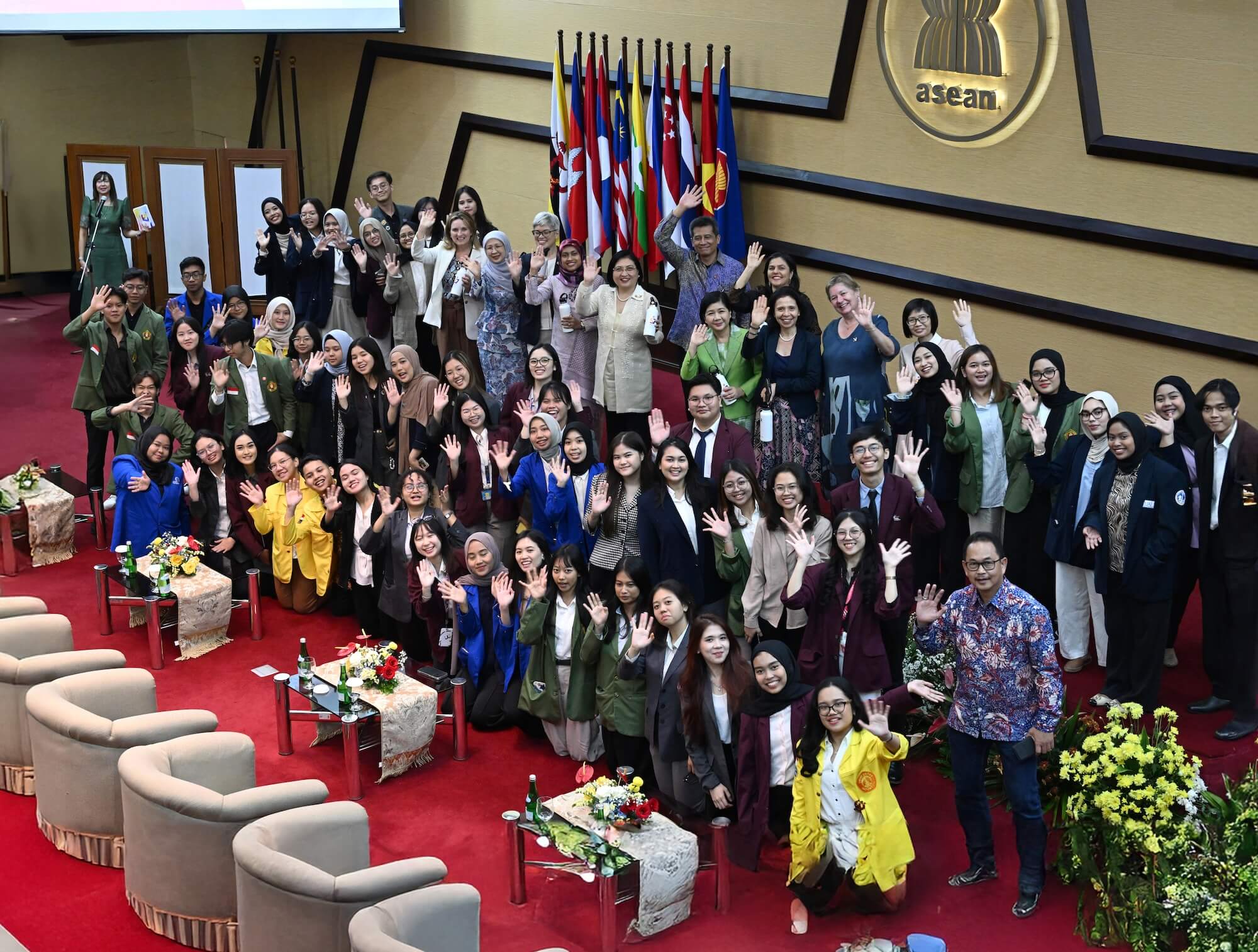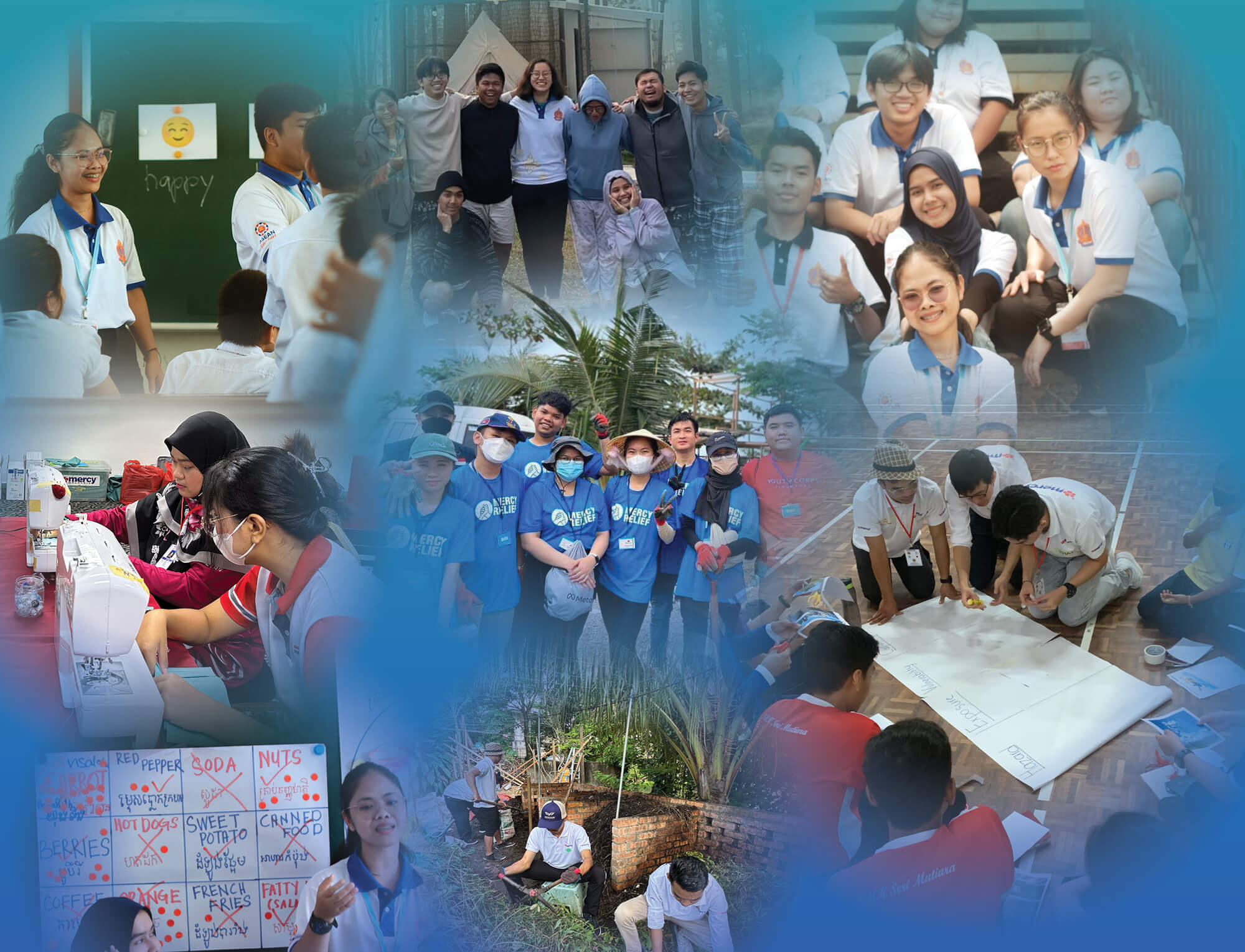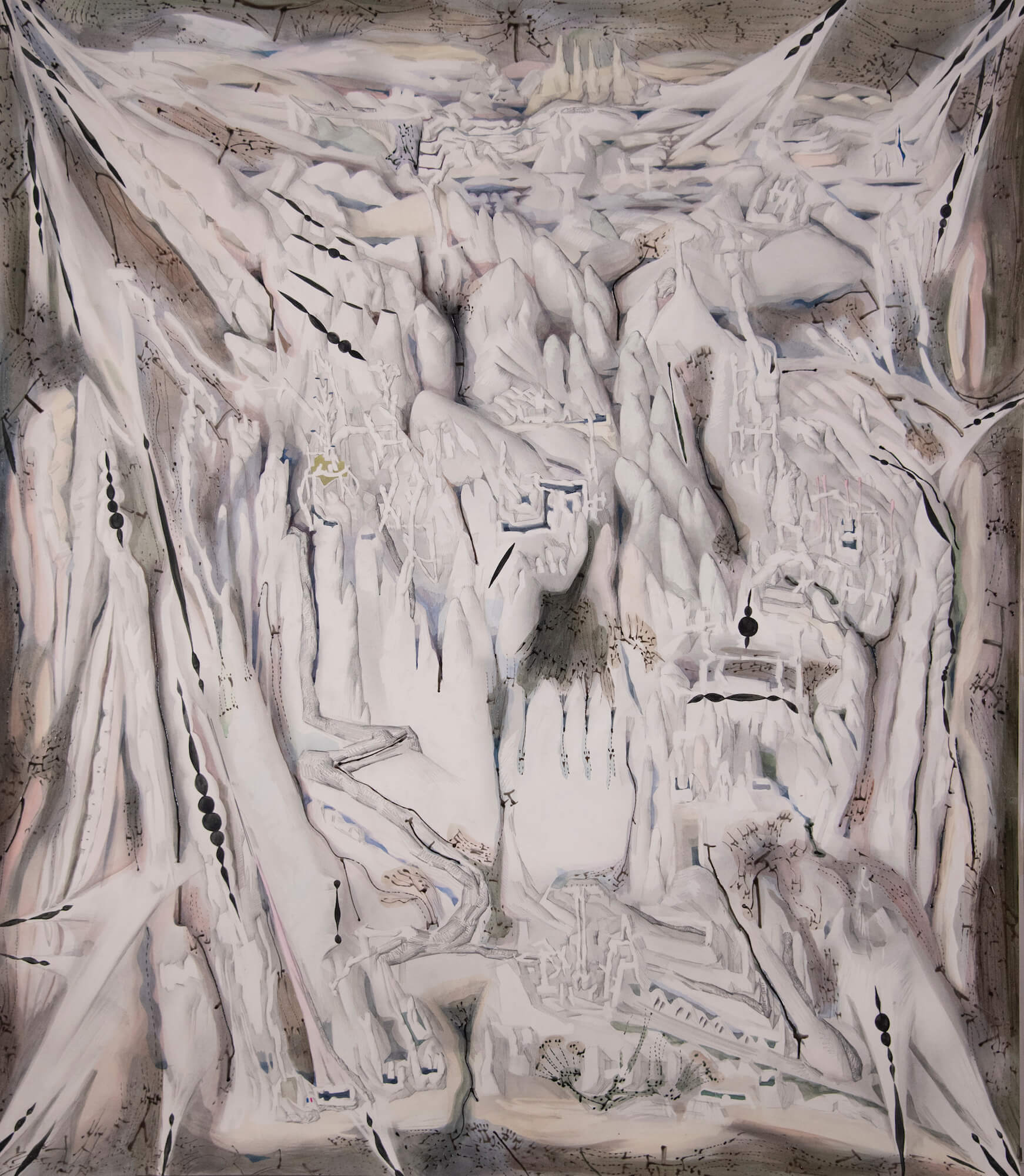



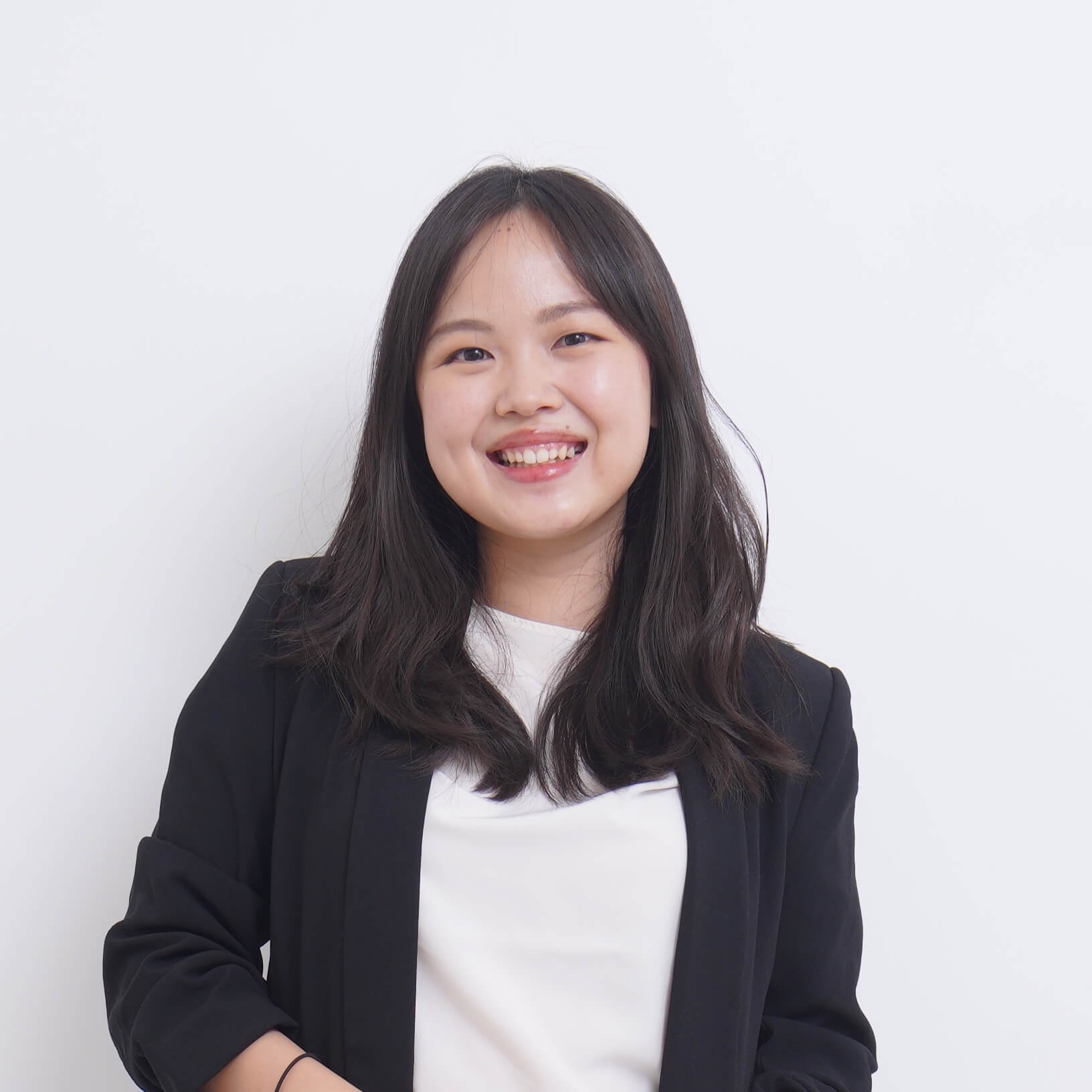
ASEAN Socio-Cultural Community Department
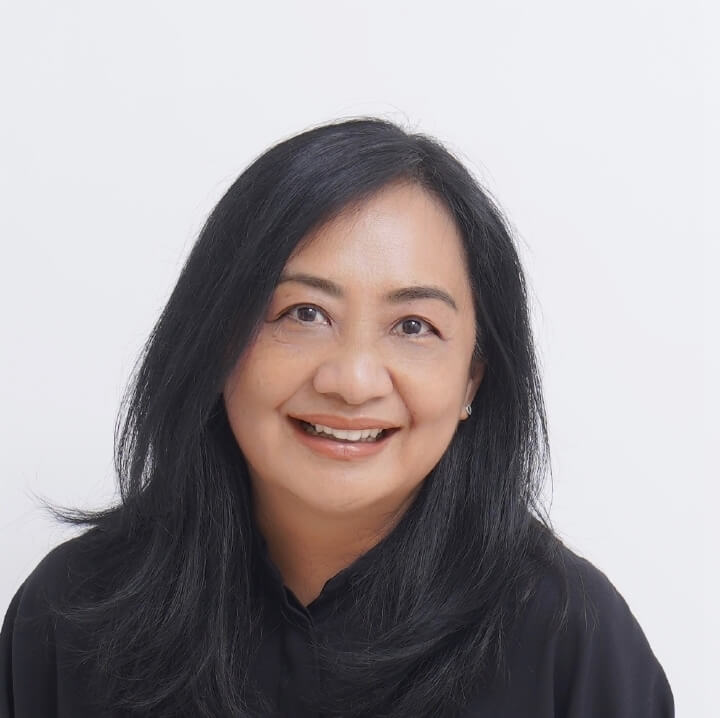
ASEAN Socio-Cultural Community Department
In recent years, Southeast Asia has become an emerging hub for a vibrant contemporary art scene. The rapid growth of the region’s creative industries has given birth to many creative spaces and galleries, providing platforms for local artists to develop and showcase their work.
To nurture and support the region’s young and upcoming artists, the ASEAN Secretariat initiated the ASEAN Artists Residency Programme (AARP) in 2018. In line with ASEAN’s Strategic Plan for Culture 2016-2025, this flagship initiative aims to promote ASEAN identity and deepen mutual understanding across diverse regional cultures while cultivating young artists from the Southeast Asian region.
After the annual call for submissions, one artist is selected and awarded a month-long residency programme in Jakarta. The AARP provides the artist a studio to create one art piece that will be part of the ASEAN’s Gallery’s permanent collection. The artist also gets other opportunities to join cultural exchanges, access public-education programmes, and gain exposure to other promotional activities.
In 2019, Thai artist Pannaphan Yodmamee was named the inaugural resident artist. Vietnamese artist Ha Ninh Pham was the chosen artist for 2020, however, the COVID-19 pandemic stalled the programme for almost two years. Ha Ninh finally took up his residency in June 2022, and on 27th June, the ASEAN Gallery unveiled his painting, entitled “Mothermap.”
At the event, Deputy Secretary-General of the Corporate and Community Affairs Department Tran Duc Binh, in his opening speech, stated that “the resumption of the AARP, an ASEAN Secretariat-driven flagship initiative, is to promote closer exchanges between regional art communities, using the ASEAN Gallery.” He thanked Thai Beverage Public Company Ltd. for sponsoring the programme.
Philippine artist Eunice Sanchez and Malaysian artist Saiful Razman were selected for the 2022 AARP. Their residencies were hosted by Sharjah Art Foundation in the United Arab Emirates, and their artworks were added to the ASEAN Gallery’s collection on 8th August, ASEAN’s 55th year celebration.
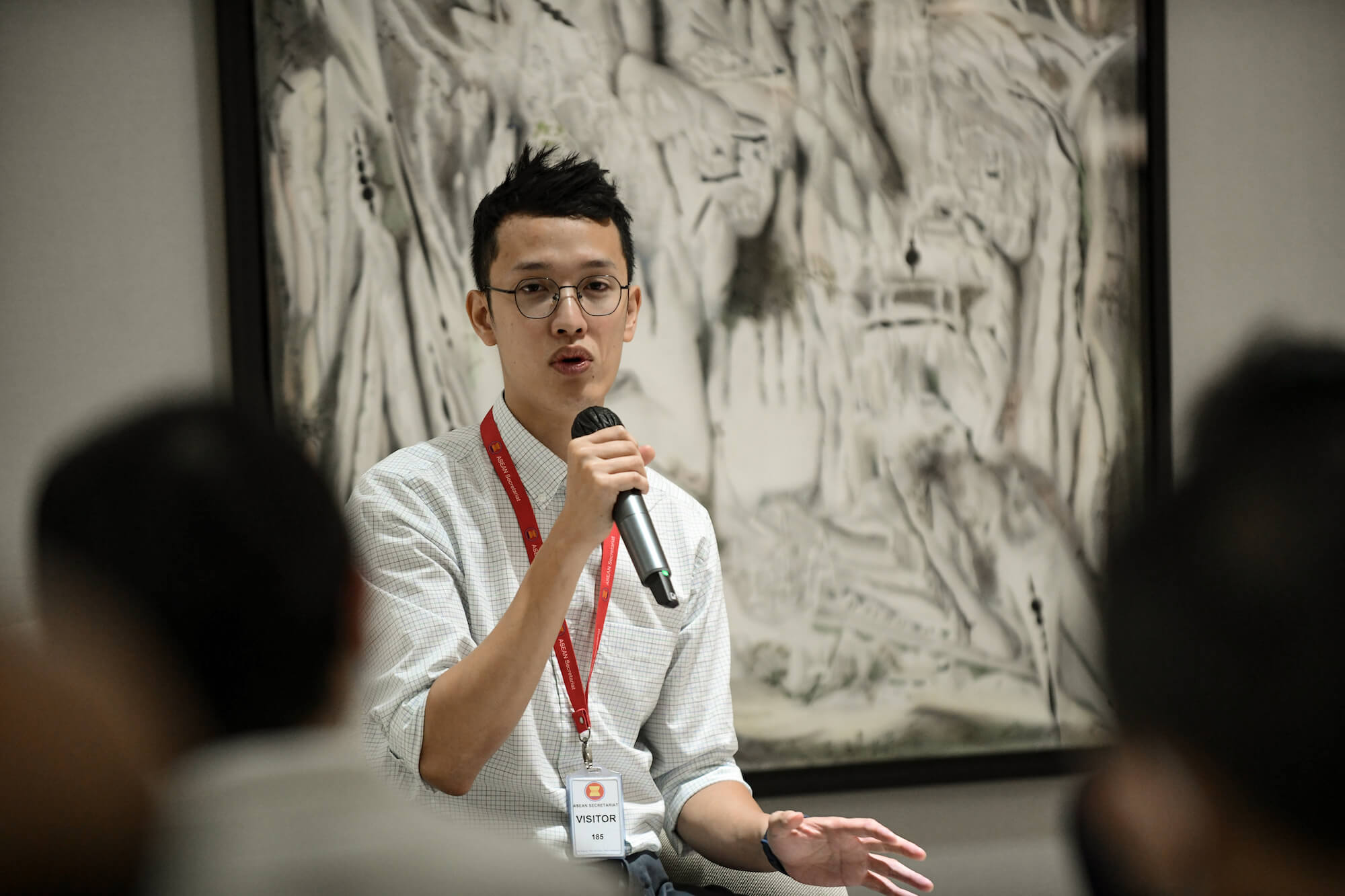
Ha Ninh Pham
2020 ASEAN
Artist-in-residence
Growing up in Ha Noi, Viet Nam, Ha Ninh began his journey as an artist at the early age of 10. After his father discovered his penchant for drawing, he was sent to an art school and stayed the course ever since.
“I started drawing when I was 10 and continued until I was 18. That was a path that was already set by my father and my professor. Later on, I tried to break out (from arts) so many times, but because I started too early, this was the only thing that I could do. In 2014, I tried to do something else because I couldn’t afford the lifestyle of an artist. I did not want to go back (into arts), but my father forced me.”
Ha Ninh, who also teaches design at the Royal Melbourne Institute of Technology University Ha Noi, describes his early drawing lessons as linear. He started by learning cast drawing and familiarising himself with the socialist realism style favored by the government.
“I think that the lack of my freedom in my early years was a good thing because it disciplined me. I did not have many choices in terms of art styles, but at the same time, I can focus and really understand the depth of that style,” explains Ha Ninh.
After completing his art degree in Viet Nam, he took a break; opened and managed his own coffee shop for two years. The artist in him eventually led Ha Ninh to Philadelphia, where he took up a master’s degree in arts. However, studying in the US and Viet Nam was strikingly different for Han Ninh, and he says he felt lost. The challenges of navigating through contrasting realities inspired him to embark on his map-making journey.
“I realised that I am lost, and when you are lost, what do you do? You get a map. So, mapping is my way to cope with being lost. By making a map, I don’t have to make any decisions. I can put everything that I want on a map and it’s a safe place for me to create whatever I want,” he says.
This project eventually evolved from a map-making project into a world-building project, where Ha Ninh has created an alternate realm that has its own language, back story, and what he terms as “experimental measurement devices.” He has produced a series of paintings and also an 8-bit video game version of the map, which he dubbed, “Institute of Distance.”
During the residency, Ha Ninh created “Mothermap,” a watercolor, graphite, and acrylic on paper painting that he says reflects his current artistic and personal journey. The painting is the third rendition of Ha Ninh’s Mothermap, which he renews every two years. He hopes that in the next 10 years, he could set up an exhibition with all the maps he created over the years, a look back to his journey as an artist. Ha Ninh sets a rule that elements on the map must not resemble any existing cultural elements nor reveal his identity. Interestingly, the project presents a paradox of Ha Ninh’s quest for self-discovery. He muses that the more he tries to disassociate from his identity as a Vietnamese, the more he discovers it.
The residency programme has been an eye-opening experience for him, especially as this was also his first trip to another Southeast Asian country. He was mesmerised by the vibrant art scene in Jakarta and appreciated how much support the art community receives in Indonesia.
Ha Ninh also got the chance to share his experience with other young artists, delving into what it takes to be an artist for a living. “If we want to consider ourselves as professional artists, we need to have some sort of duties as well. People only fall in love with the idea of becoming an artist, but don’t want to sacrifice to become a professional artist. Being an artist, you have to make sure that you produce a tremendous amount of work, so that people can consider you as an artist. Try to take care of yourself because to practice art is a marathon, not a sprint. As an artist, you will never have your retirement. Move a little bit more steadily in your career.”
For him, artists should innovate and create new values, and explore beyond the conventional boundaries of beauty and aesthetics. He hopes to see Southeast Asia become an art centre within his lifetime, and says that residency programmes like the AARP is one of the ways to achieve it.
“I imagine in the future if the residency develops, we can have more community activities and interaction between artists and other creative people in the region,” Ha Ninh reflects at the end his residency.
Ha Ninh Pham’s “Mothermap” is available in an 8-bit video game format titled “Institute of Distance. The game is available for download in both Google Play and App Store. Check out Ha Ninh Pham’s website for his complete body of work.




